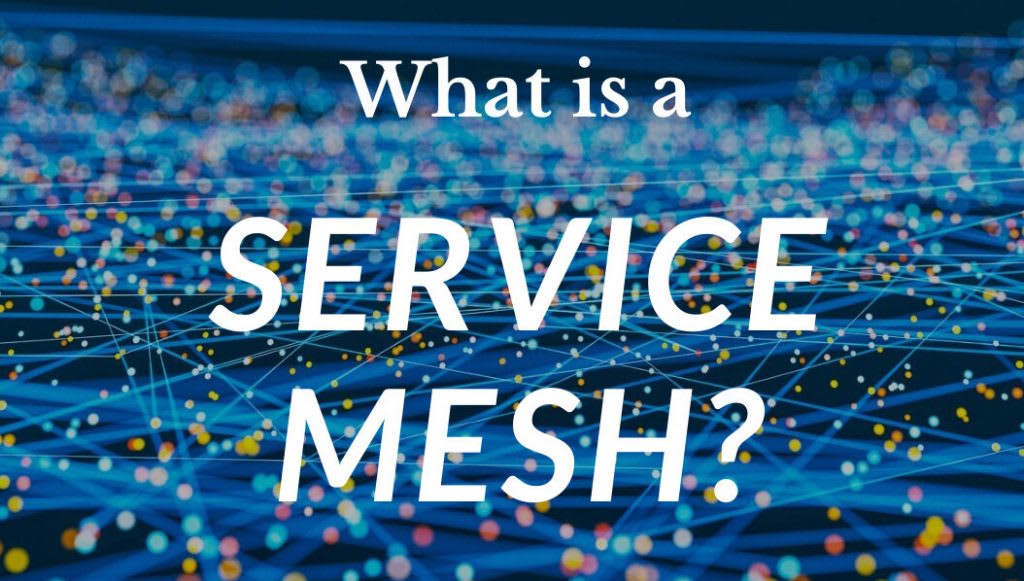Tag: MiniKube
How to Install Jenkins on AlmaLinux
Jenkins is an open-source continuous integration server. It is a tool for continuously compiling and testing software projects. In the field of Continuous Integration (CI), the concepts from CI are combined with those from Continuous Delivery (CD) — also known as Continuous Deployment — in the CI/CD pipeline. See our The Best DevOps Tools for Infrastructure Automation for more information about this growth area in advanced software development techniques.
What is Kubernetes Used For?
As web applications become more complex and tasked with doing more, the demand puts stress on IT teams and their infrastructure. If you pair that with the expectation that development timelines should be shorter to accommodate quicker deployment strategies, then software companies are in a bind. Tech companies have a trump card they can use to make development easier, even under the increasing pressure of time constraints.
How To Install and Configure an Istio Service Mesh
What is a Service Mesh?
A service mesh is a layer that aids the interaction between services or microservices. It helps control the flow of incidental information between services using a logic built into the service mesh. The mesh itself utilizes what’s called a sidecar proxy to share that data over the network.
A Beginner’s Guide to Chef on CentOS 8
What is Chef?

Chef is an open-source configuration management DevOps tool used for configuration and management of multiple systems in infrastructure. Using Chef, we can use so-called recipes and cookbooks to automate and speed up managing multiple systems in our environment. By using Chef, we can adjust every system in our environment to our desired state, which we defined using the code in recipes. In the process, code is continuously tested and deployed using Chef.
How to Install Jenkins on Ubuntu 20.04
How to Install Jenkins on CentOS 8
What is Jenkins?
Jenkins is an open-source software written in Java and Scala. This software allows users the ability to automate almost any task and, it saves significant time that can be better utilized addressing other issues. When automating tasks with Jenkins, users can optimize their workflow by quickly automating the jobs that servers cannot do themselves. In this tutorial, we will learn how to install Jenkins on CentOS 8. We will also explore what its purpose is and share several benefits that Jenkins offers. We will then configure it to run on our CentOS 8 server.
What is Containerization?

Containers are the future of application development and hosting. They enable DevOps, developers, and system administrators to build, test, deploy, and maintain applications quickly, securely, and efficiently. Tools built around the containerization concept provide simple solutions for basic web applications. These advanced granular configuration options provide the control many enterprise applications may need.
DevOps: A New Perspective on Shared Automation
What is DevOps?
DevOps is a set of various tools, practices, and ideals that combine software development (Dev) and IT Operations (Ops) into a single unifying force. It allows for better collaboration between developers, operations teams, system administrators, and system engineers. Their streamlined goal is to continually provide a high-value software product to the customer at high speed while monitoring and improving the overall process than using traditional software and infrastructure management.
What is a Service Mesh?

What is Service Mesh?
A service mesh is an additional infrastructure layer that provides a means of communication between all services in a given application. It is typically deployed as a series of proxies alongside each service instance. Since the service mesh proxies are deployed alongside the application services and not as part of it, they are often referred to as sidecars. This means that as a whole, these sidecar proxies are a mesh network and an infrastructure layer separate from the application. A service mesh not only brokers communication between all services in an application but, since all requests, both internal and external, pass through it, it provides a means for handling many tasks that can be obfuscated away from the application.
How to Install and Configure Chef on Ubuntu 18.04
Introduction
In this article, we will be reviewing the Chef software, how it works, and why it is useful. We will also explore how it is helpful in DevOps. And then, we will install Chef on Ubuntu 18.04.
Our Sales and Support teams are available 24 hours by phone or e-mail to assist.

